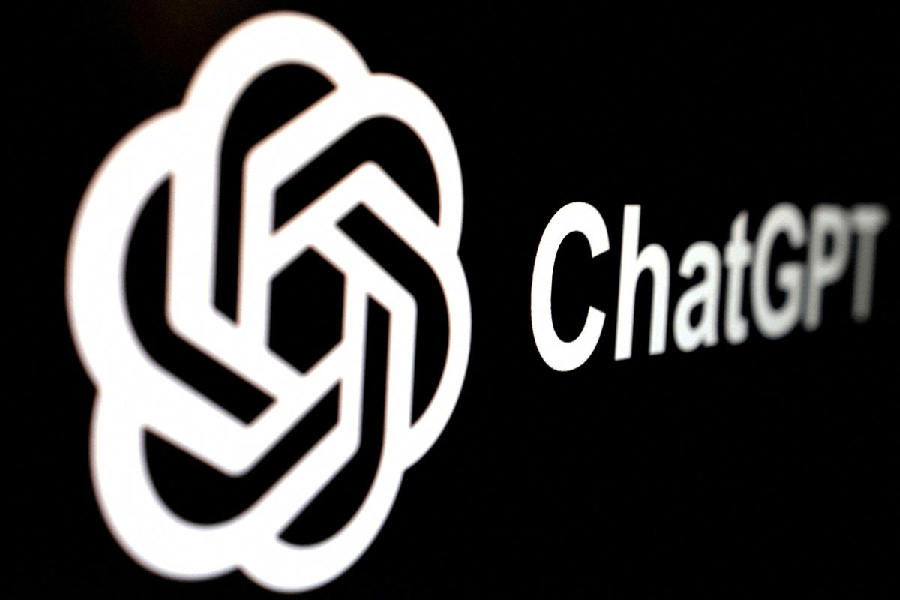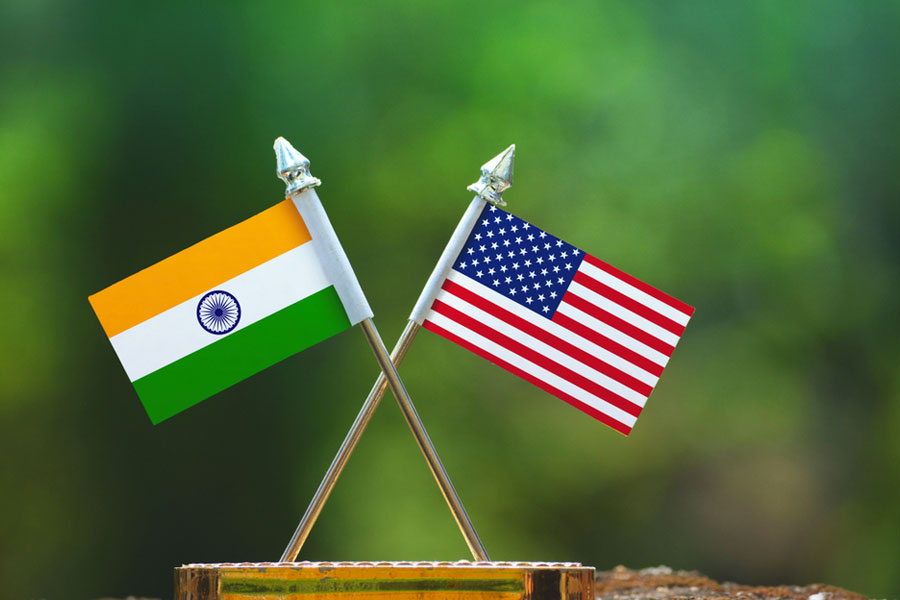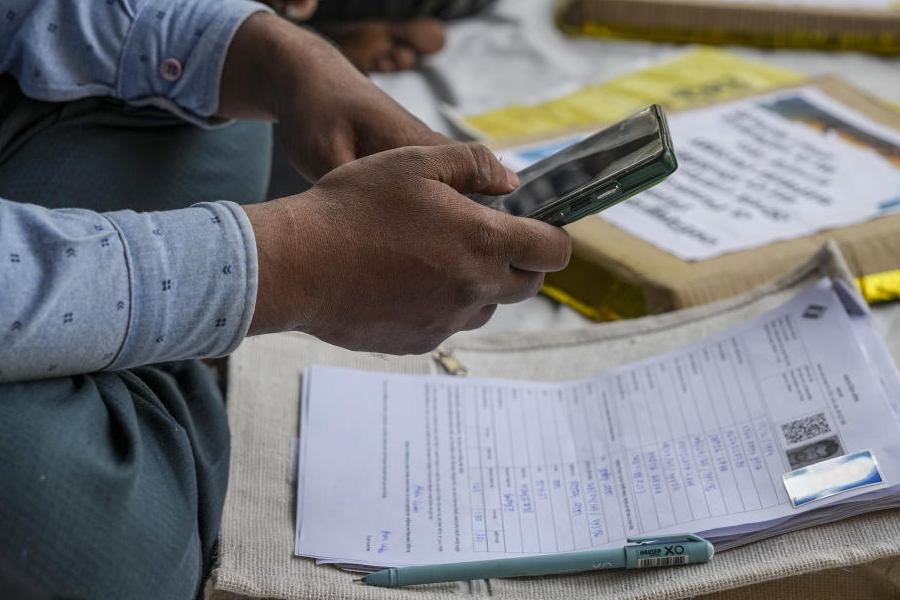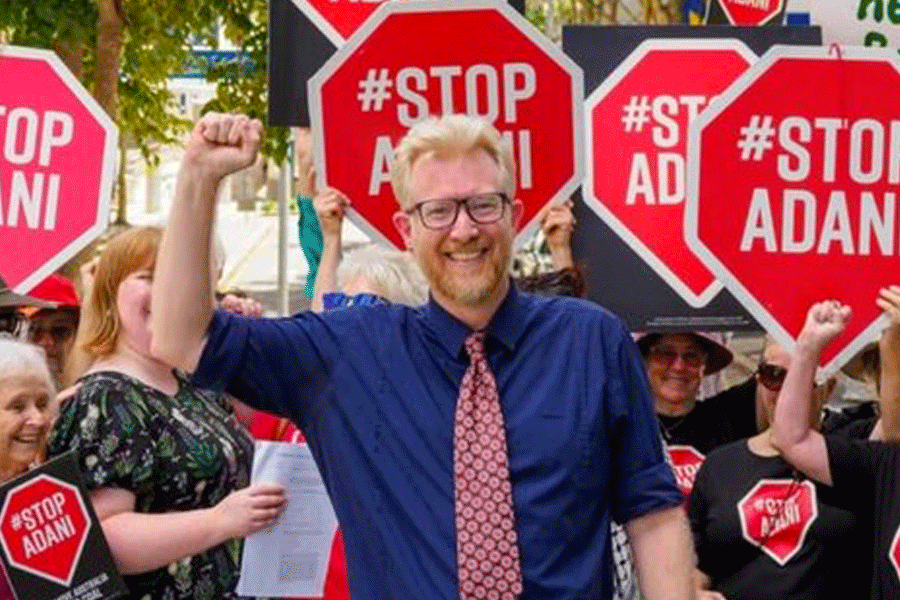OpenAI’s rapid expansion has triggered a borrowing spree among some of the world’s biggest technology and investment firms, which are taking on close to $100 billion in debt to support the company’s soaring computing demands.
The creator of ChatGPT is not assuming these liabilities itself. Instead, it is relying on partners to raise the capital needed to build the vast data center infrastructure required for training advanced models and handling global usage, reported The Financial Times.
SoftBank, Oracle, and CoreWeave are at the forefront of this financial surge. Together they have already borrowed at least $30 billion to invest in OpenAI or construct the infrastructure that powers its models.
Another 38 billion dollars in loans is nearing completion through a consortium of banks, with the funding directed to new sites operated by Oracle and Vantage Data Centers.
Oracle has so far raised $18 billion in corporate bonds as part of its contribution, a sum analysts expect to grow.
KeyBanc Capital Markets projects Oracle could take on as much as $100 billion in total debt within four years simply to fulfill its commitments to OpenAI.
Those commitments include the upcoming $38 billion financing package for Vantage facilities being developed in Texas and Wisconsin.
Vantage has structured the deal through special purpose vehicles designed to shield its investors if circumstances turn unfavorable. These include variable interest entities that ensure backers are protected if Oracle fails to meet its obligations.
SoftBank has also positioned itself heavily in the OpenAI ecosystem, raising $20 billion this year for AI related investments, with OpenAI seen as its most significant play.
A person familiar with the group said to The Financial Times that $1 billion from SoftBank’s $8.5 billion bridge loan linked to OpenAI has already been repaid, while the remaining funds were used to pay down older bonds rather than launch new ventures.
CoreWeave, a key computer supplier to Microsoft and indirectly to OpenAI via Microsoft’s contracts, has borrowed more than $10 billion to lease sufficient data center capacity to support that flow.
Blue Owl Capital and Crusoe have followed similar paths. They established a special purpose vehicle to construct OpenAI’s first US data center in Abilene, Texas, financed through a $10 billion loan from JPMorgan.
Oracle signed a 17 year lease on the facility, and the lease payments service the debt. The structure contains a safeguard for the lender: if Oracle stops paying, JPMorgan assumes control of the land and building without any obligation falling on Blue Owl or Crusoe.
Blue Owl created another wholly owned special purpose vehicle to secure an $18 billion loan, largely from Japanese banks, for a second OpenAI linked site in New Mexico.
Oracle has agreed to lease that site as well.
Altogether, about $100 billion in bonds, private loans, and bank financing are now tied in some way to OpenAI projects.
This places the company’s orbiting debt exposure in line with major global corporations such as AT&T, Comcast, Volkswagen, and Toyota, according to 2024 figures from Janus Henderson.
The real total may be higher, as some partner borrowings have not been formally labeled as connected to OpenAI even though they are.
Throughout this buildup, OpenAI has kept its own financial position largely untouched. It maintains a $4 billion credit facility from US banks but has not drawn from it. The company carries no balance sheet risk from these outside loans.
The commitments OpenAI has made were: A $1.4 trillion in computer procurement agreements over eight years, far exceeding its projected annual revenue of $20 billion.
The company maintains that such arrangements were essential. It argued that building AI infrastructure is the most important step required to meet rising global demand and that the shortage of computing power remains the single greatest constraint on its ability to grow.











